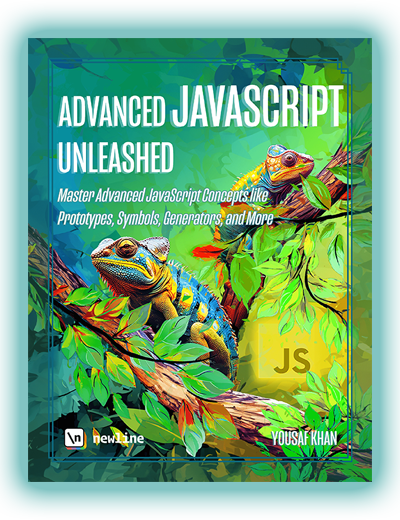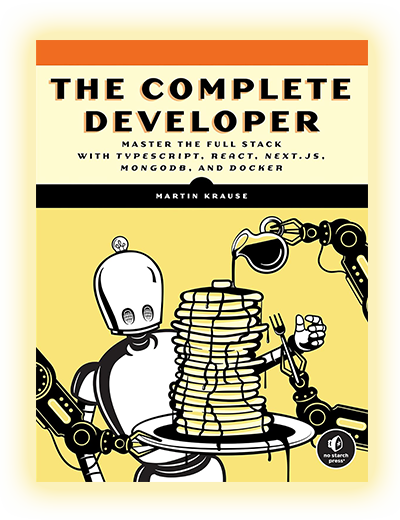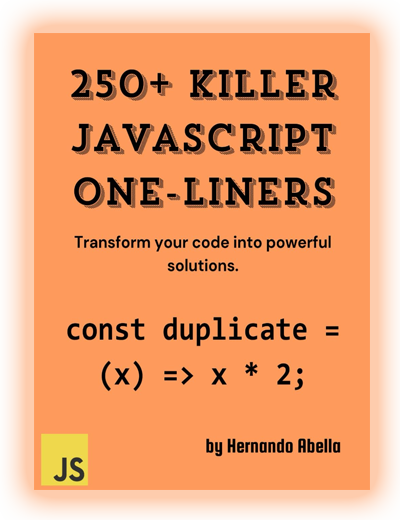The Angular framework has evolved from a cumbersome architecture to a flexible, high-performance system for developing enterprise web applications. The guide "Modern Angular" by Armen Vardanyan is a practical, up-to-date course that explores approaches aligned with the latest Angular versions, including modular architecture, functional directives, and working with Signals.
This manual is designed not for theorists but for developers who build interfaces daily, interact with APIs, design complex routes, and prioritize performance. It covers the full stack: from TypeScript structures to advanced template handling, reactivity, form management, and unit testing.
Vardanyan’s unique approach teaches developers to think in modern concepts rather than follow outdated practices. This guide is not just relevant - it prepares you for professional, production-ready Angular development.
Where to Download "Modern Angular"?
You can download "Modern Angular" in PDF in a convenient format from codersguild.net, a platform focused on high-quality technical literature. CodersGuild offers expertly curated manuals, emphasizing practical value and relevance.
No registration, no viruses, no complicated redirects. All publications are formatted with original chapter structures and tables of contents, making them easy to study and apply in your work. If you’re looking for a reliable, professional resource with genuinely useful guides, codersguild.net outperforms most alternatives.
Who Should Read This Guide?
Angular is not a framework for beginners. This manual is tailored for those who want to write clean, scalable, and maintainable code using modern frontend best practices.
- Frontend developers transitioning from AngularJS or React: The guide helps adapt to modern Angular without relying on outdated approaches.
- Interface developers in teams or micro-frontend projects: It covers scalable architecture approaches.
- Developers working with REST APIs and complex navigation: Explains HTTP, RxJS, and routing.
- Engineers implementing CI/CD and testing: Provides step-by-step guidance on unit and component testing.
- Developers switching from Vue or React to Angular: The author highlights differences and Angular design principles.
- Educators and mentors: An excellent resource for teaching modern Angular to students and junior colleagues.
What’s New in "Modern Angular"?
This isn’t a rehash of the documentation. It’s a focused collection of current practices tailored for production environments. Armen Vardanyan teaches architectural thinking: designing modules, components, services, and routes to be reusable, testable, and scalable.
The author demonstrates how to build applications that scale easily, covering Feature modules, Lazy loading, and state management without unnecessary complexity. Special attention is given to moving from template-based thinking to declarative code using Signals and structural directives.
In this manual, you’ll find:
- Support for the latest Angular versions
- Explanations of component-level architecture, Dependency Injection, and zone-less approaches
- Working with TemplateRef, Content projection, and ng-content
- Complete form lifecycle: from Template-driven to Reactive Forms
- RxJS patterns in real-world use cases
- Introduction to unit and integration testing
- Comparisons of Angular approaches with other frameworks
This guide helps you not just code but build mature, manageable, and high-performance projects. With it, you can design team-ready code and deliver scalable SPAs.
How to Apply the Knowledge in Practice?
This manual is built for action. After reading, you’ll be ready to implement best practices in production:
- Transition to modular architecture with Lazy loading
- Create and validate reactive forms
- Implement Signals and zone-less approaches
- Organize clean project structures and test components
- Integrate RxJS into data processing pipelines
Each chapter includes examples adaptable to real-world commercial development tasks.
More About the Author of the Book
The Developer's Opinion About the Book
If you work with Angular, this book is one of the best guides to modern practices. It doesn’t repeat the documentation but offers a systematic approach that’s clear to developers. The focus on Signals, Dependency Injection, modularity, and unit testing is particularly valuable. Unlike many resources, it shows how to design production-ready solutions, not just demo projects. The author explains concepts clearly without overcomplicating, making this manual ideal for self-study and implementing team standards. I recommend it to anyone working on real Angular projects who wants to write scalable, maintainable code.
Mia Davis, Senior JavaScript Engineer
FAQ for "Modern Angular"
1. Is the guide relevant for Angular 17 and above?
Yes, it’s written with the latest LTS releases in mind. It emphasizes the new Signals system, zone-less approaches, functional routes, new form APIs, and modern debugging tools. The author explains how to avoid anti-patterns from older versions, focusing on high-performance solutions.
2. Will it be hard to read this guide after working with Vue or React?
Transitioning from Vue or React is manageable if you have a solid grasp of components and reactivity. The guide is structured to highlight how Angular’s architectural approach differs from “lightweight” libraries, with analogies and adaptation tips included.
3. Is there a focus on performance?
Yes. The author shows how to prevent memory leaks, optimize module loading, use ChangeDetectionStrategy, and disable Zone.js when justified. It also covers Lighthouse audits and improving user experience through architecture.
4. Can "Modern Angular" be used as a team resource?
Yes. The material is suitable for corporate training, internal documentation, and establishing coding standards. The approaches align with the Angular Style Guide and are used in large-scale products.
5. How deeply is RxJS covered?
RxJS is taught through real-world examples: data loading, form handling, and HTTP request chains. You’ll learn to use operators like switchMap, debounceTime, and mergeMap in UI contexts, making learning deeper and more effective.
6. Is there practical guidance on component testing?
Yes. It covers the entire process, from setting up environments to writing unit tests with Jasmine and Karma. It explains testing services, pipes, forms, and components with mocks and spies, plus how to write maintainable tests for large projects.
Information
| Author: | Armen Vardanyan | Language: | English |
| Publisher: | Manning | ISBN-13: | 978-1633436923 |
| Publication Date: | February 18, 2025 | ISBN-10: | 1633436926 |
| Print Length: | 304 pages | Category: | JavaScript Books |
Get PDF version of "Modern Angular" by Armen Vardanyan
Support the project!
At CodersGuild, we believe everyone deserves free access to quality programming books. Your support helps us keep this resource online add new titles.
If our site helped you — consider buying us a coffee. It means more than you think. 🙌

You can read "Modern Angular" online right now!
Read book online* →*The book is taken from free sources and is presented for informational purposes only. The contents of the book are the intellectual property of the author and express his views. After reading, we insist on purchasing the official publication on Amazon!
If posting this book in PDF for review violates your rules, please write to us by email admin@codersguild.net




